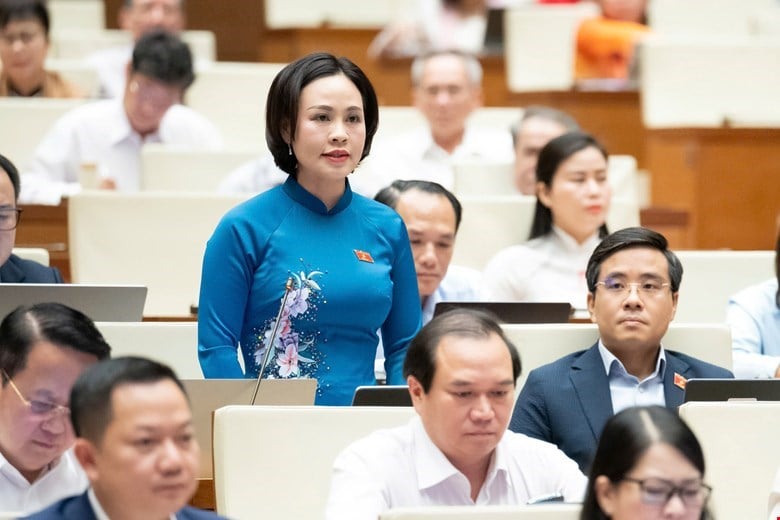
According to the delegate, in recent times, the Party and State have identified the cultural industry as an important economic sector, playing a role not only in preserving and promoting national identity but also in promoting growth, creating jobs, expanding creative space and affirming Vietnam's position on the international economic and cultural map.
That spirit is clearly expressed in Resolution No. 33 dated June 9, 2014 of the Party Central Committee on building and developing Vietnamese people to meet the requirements of sustainable national development, along with the Strategy for developing cultural industries to 2020, with a vision to 2030, which has laid an important foundation for a new development stage of this field.
After a period of implementation, Vietnam has recorded many positive results in fields such as cinema, music , fine arts, performing arts, design, fashion, advertising, video games, publishing, cultural tourism and digital heritage industry. Many Vietnamese cultural products have affirmed their brands at international events, awards and youth creative programs, contributing to spreading the image of a dynamic and creative Vietnam in the international arena.
However, delegate Tran Thi Hong Thanh also pointed out that the scale of Vietnam's creative cultural market currently accounts for only about 4% of GDP, much lower than the average of 7-10% of countries in the region. Creative infrastructure is still lacking and weak; mechanisms and policies to encourage investment, protect intellectual property rights and develop the creative labor market are still limited. In many localities, the strategy for developing cultural industries has not been systematically developed, and planning, human resource training and regional linkages are still vague.
Perfecting institutions, developing creative ecosystems and promoting digital transformation
In order for the cultural industry to develop sustainably, towards the goal of contributing 7% of GDP by 2030 and 8% of GDP by 2035 according to the National Target Program on Cultural Development recently approved by the National Assembly , delegates proposed five key groups of solutions.
Firstly, perfecting institutions and policy mechanisms. Delegates proposed promulgating the Law on Cultural Industry Development to create a synchronous and clear legal framework; building a healthy cultural market, specific regulations on intellectual property rights, protecting the rights and legitimate interests of authors and creators. At the same time, there should be preferential policies on investment, tax, land, digital transformation and integrating policies on cultural, tourism, media and creative technology development in a unified national strategy.
Second, develop a creative ecosystem and high-quality human resources, form creative centers, support cultural startups, and incubate ideas. Along with that, innovate art education, link training with market demand and the digital transformation process. Delegates emphasized the need to effectively implement the Talent Training Projects in the field of culture and arts for the period 2016-2025, with a vision to 2030, and the Project on Training and Fostering Cultural and Arts Human Resources Abroad to 2030.
Third, promote digital transformation in the cultural sector, develop digital infrastructure to serve the production, distribution and promotion of cultural products. Apply modern technology such as artificial intelligence (AI), virtual reality (VR/AR) in heritage conservation, develop cultural tourism and performing arts, to create new experiences and attract the public.
Fourth, strengthen regional connectivity and mobilize investment capital. Delegates proposed building a regional cultural-tourism-creative value chain, linking cultural products with local brands. At the same time, encourage the participation of private enterprises, investment funds and the artist community in developing the cultural industry, following the public-private partnership (PPP) model.
Fifth, enhance the soft power of Vietnamese culture in international integration. According to delegates, it is necessary to bring Vietnamese cultural products to the world through fields such as film, fashion, performing arts, cuisine, literature and digital products. Increasing the organization of cultural weeks and international creative festivals in Vietnam will contribute to promoting the image of a dynamic, creative and deeply integrated country.
It is necessary to identify cultural industry as a key economic sector.
In addition to the solutions, delegate Tran Thi Hong Thanh also made four recommendations to institutionalize the development orientation of cultural industry in the coming period.
Firstly, for the State, it is necessary to soon identify the cultural industry as a key economic sector, include the industry's growth target in the 5-year socio-economic development plan, and at the same time make key investments in creative infrastructure, heritage preservation, cultural digital transformation and development of high-quality human resources.
Second, for localities, each province and city needs to develop its own cultural industry development strategy, linked to local identity, heritage and strengths, forming creative industry clusters and performance, design and cultural tourism centers.
Third, for the business community and society, it is necessary to encourage investment, funding and international cooperation in artistic creation, while building a modern consumer culture and honoring Vietnamese intellectual products.
Fourth, for intellectuals and artists, delegates hope that each person will promote the role of creative nucleus, inspire innovation, contribute to raising the aesthetic and humanistic values in cultural products, thereby spreading the creative spirit and aspirations of Vietnam in the new era...
Source: https://baovanhoa.vn/van-hoa/xac-dinh-cong-nghiep-van-hoa-la-nganh-kinh-te-trong-diem-trong-chien-luoc-phat-trien-quoc-gia-177780.html


![[Photo] Prime Minister Pham Minh Chinh chaired a meeting to evaluate the operation of the two-level local government model.](https://vphoto.vietnam.vn/thumb/1200x675/vietnam/resource/IMAGE/2025/10/29/1761751710674_dsc-7999-jpg.webp)
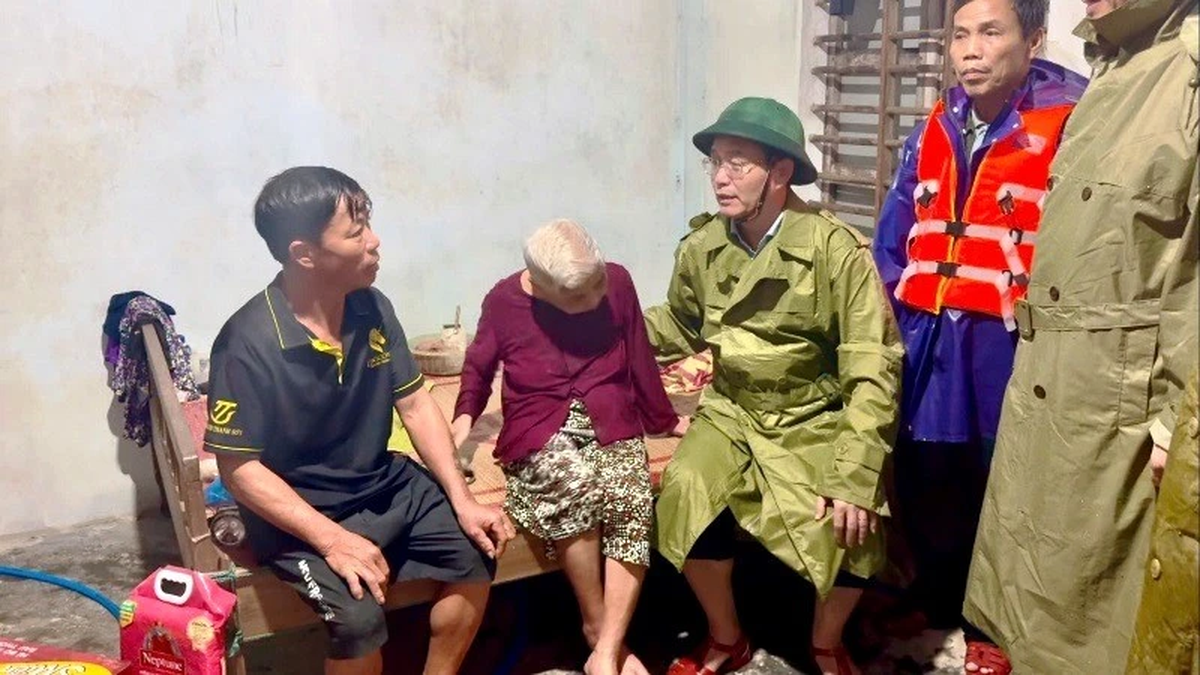
![[Photo] Hue: Inside the kitchen that donates thousands of meals a day to people in flooded areas](https://vphoto.vietnam.vn/thumb/1200x675/vietnam/resource/IMAGE/2025/10/29/1761738508516_bepcomhue-jpg.webp)
![[Photo] Prime Minister Pham Minh Chinh chaired a meeting to discuss solutions to overcome the consequences of floods in the central provinces.](https://vphoto.vietnam.vn/thumb/1200x675/vietnam/resource/IMAGE/2025/10/29/1761716305524_dsc-7735-jpg.webp)
![[Photo] Human love in the flood in Hue](https://vphoto.vietnam.vn/thumb/1200x675/vietnam/resource/IMAGE/2025/10/29/1761740905727_4125427122470875256-2-jpg.webp)

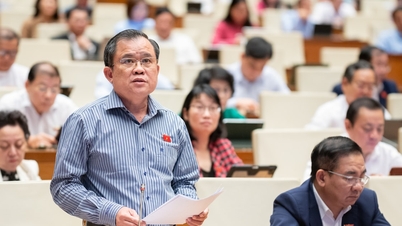

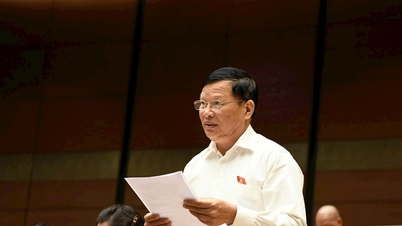

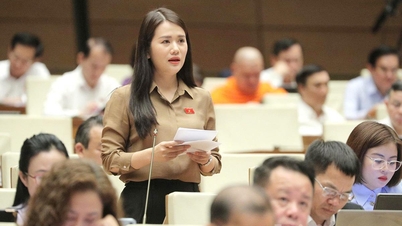

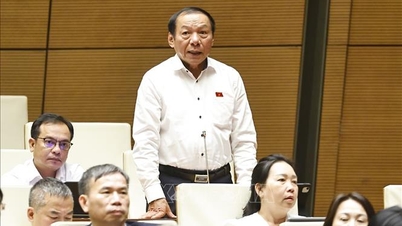

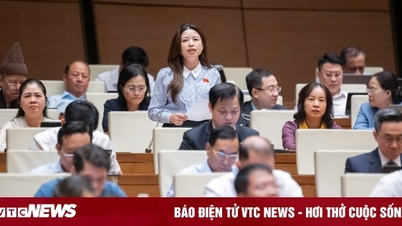



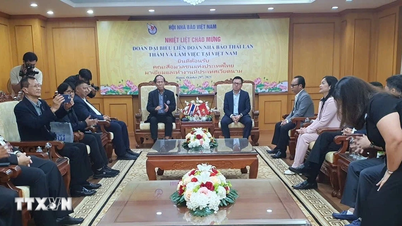

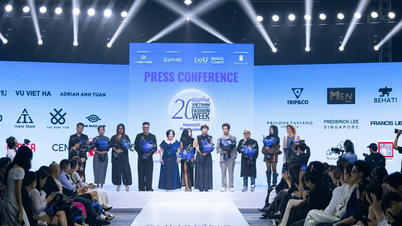


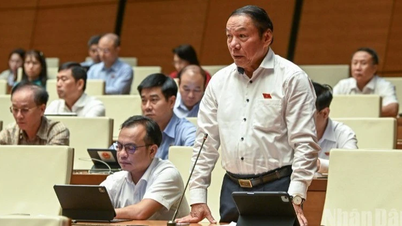

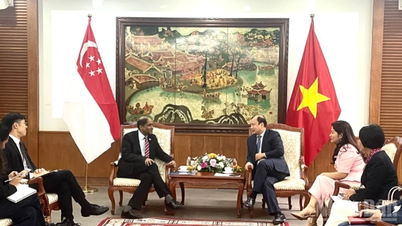




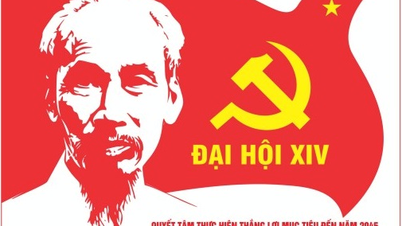
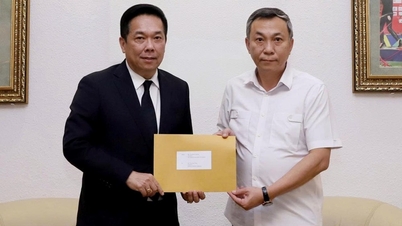
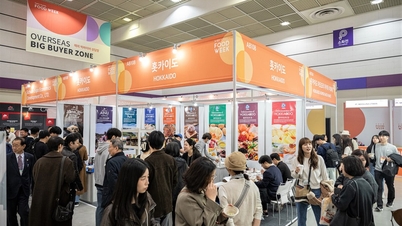
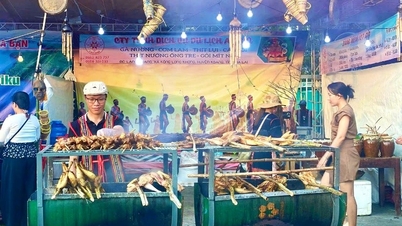
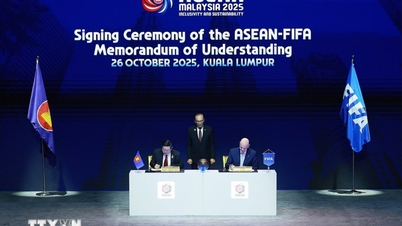




































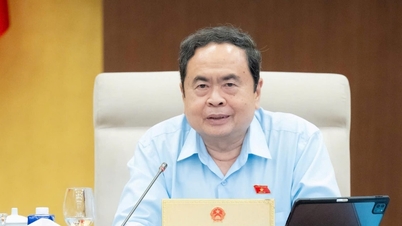
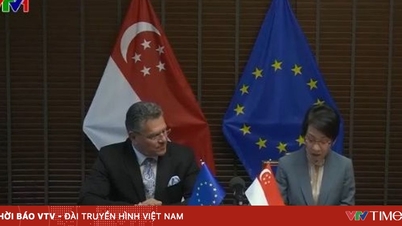
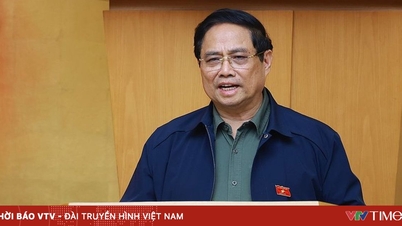
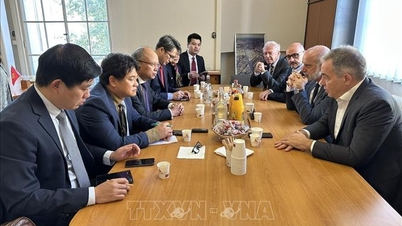
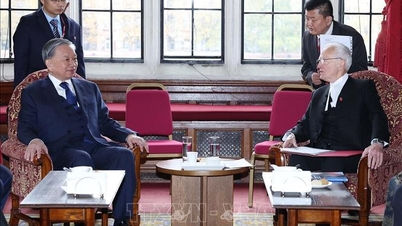
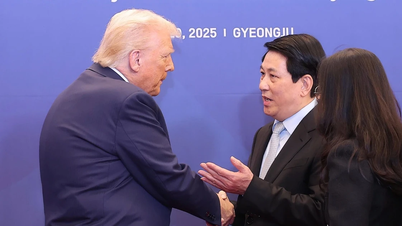


![[Live] Concert Ha Long 2025: "Heritage Spirit - Brightening the Future"](https://vphoto.vietnam.vn/thumb/402x226/vietnam/resource/IMAGE/2025/10/29/1761743605124_g-anh-sang-am-thanh-hoanh-trang-cua-chuong-trinh-mang-den-trai-nghiem-dang-nho-cho-du-khach-22450328-17617424836781829598445-93-0-733-1024-crop-1761742492749383512980.jpeg)
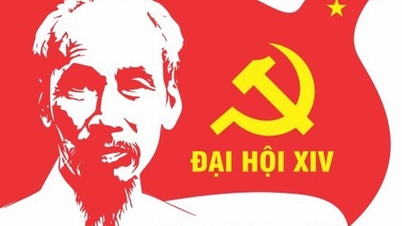
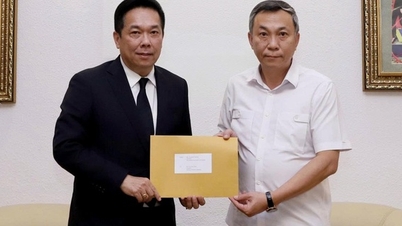

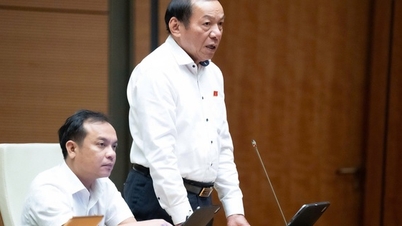
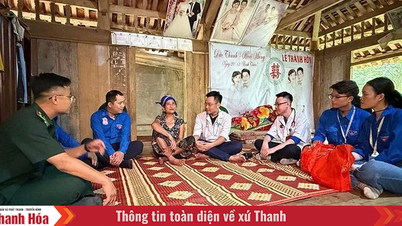

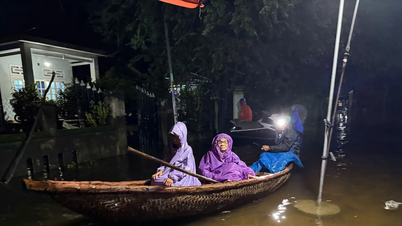




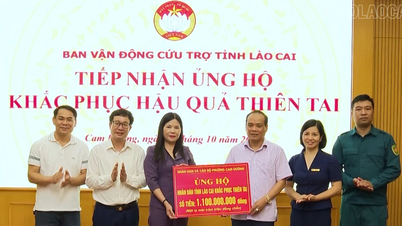

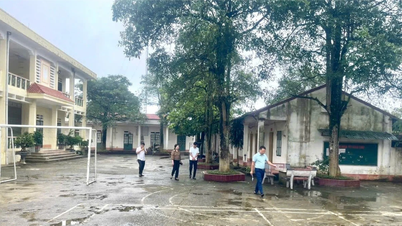












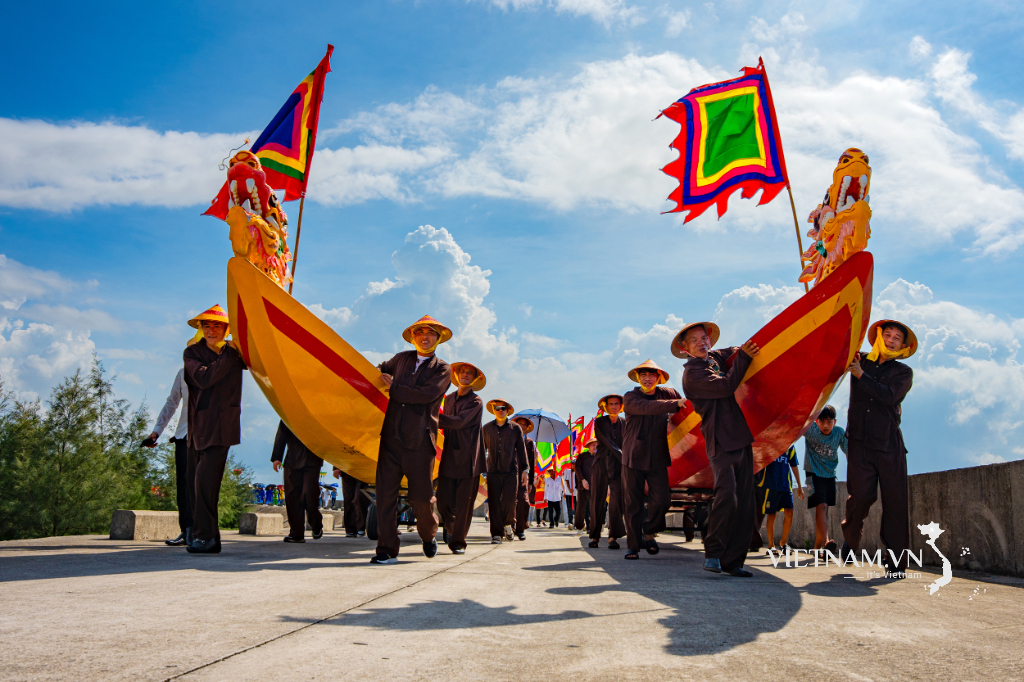
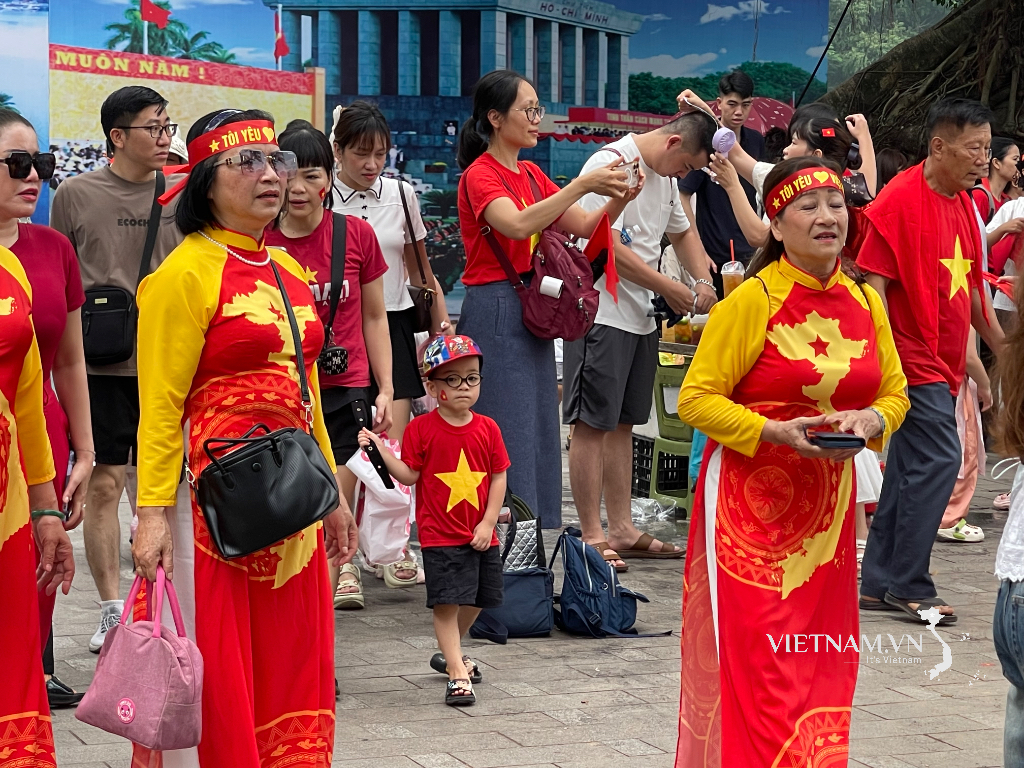

Comment (0)